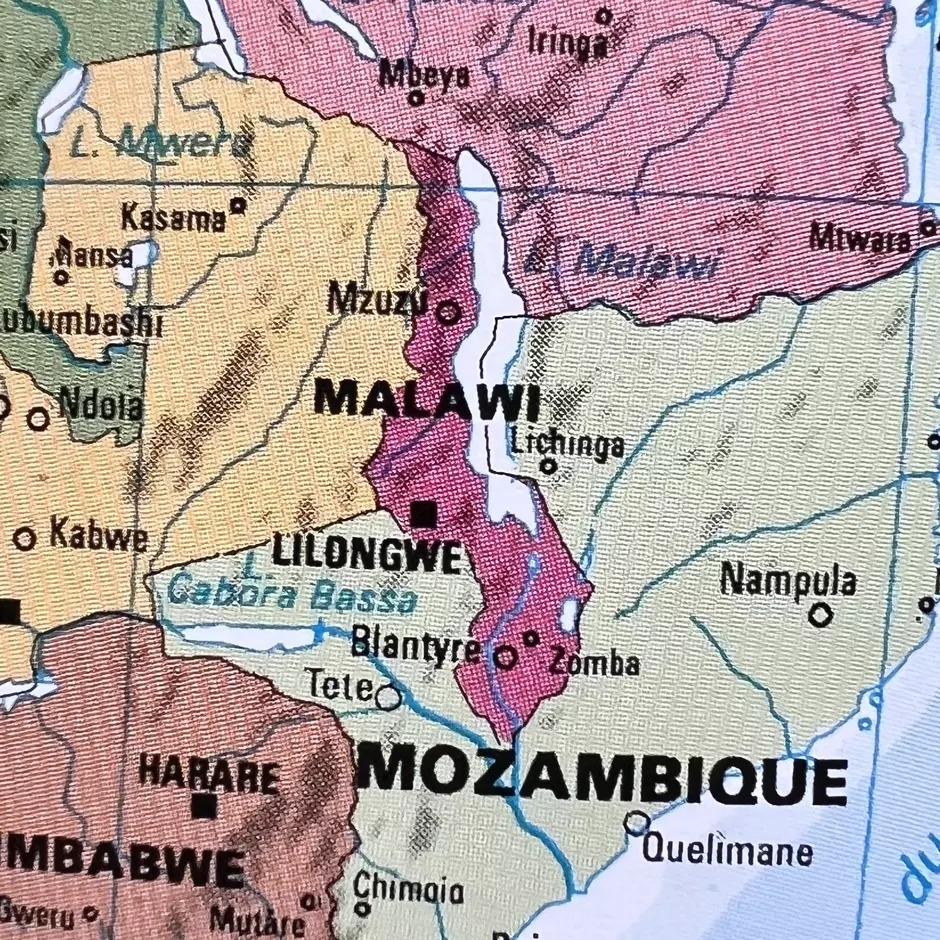Malawi is currently experiencing one of the worst cholera outbreaks in the country’s history, with a total of 56,090 suspected cases reported over the past year. Although case numbers have gradually decreased since January, the effects of Tropical Cyclone Freddy are threatening sustainable improvements in the cholera response.

Malawi is currently experiencing one of the worst cholera outbreaks in the country’s history. From March 2022 to March 28, 2023, the country has recorded a total of 56,090 suspected cholera cases and 1,712 deaths (CFR 3.1%) (1). Although cholera outbreaks in Malawi are typically reported during the rainy season (November to May), the current epidemic continued through the dry season last year (2). Currently, Malawi accounts for 39% of all cholera cases and 53% of cholera-related deaths reported in the entire WHO African Region from October 2021 to March 2023 (1).
The first case of the current outbreak in Malawi was registered in Machinga District in Southern Region on March 2, 2022. The next day, the Malawi Ministry of Health declared the cholera outbreak (3). As of March 17, 2022, the outbreak was reported in two districts (Machinga and Nsanje) (3). At this time, tropical storms Ana (January 2022) and Gombe (March 2022) had caused major damage primarily in southern Malawi, which caused flooding in several districts, including Machinga, Nsanje, Mulanje, Thyolo, Chiradzulu, Phalombe, Nsanje, Chikwawa, Mangochi and Zomba (2,3). By August 2022, the cholera outbreak had spread beyond Southern Region and into the Northern and Central Regions (2).
On December 5, 2022, the President declared the cholera outbreak a “public health emergency” (2). Following this declaration, cholera case numbers then drastically increased in December and January until the epidemic peaked in late-January 2023 (with approximately 750 cases reported per day) (1). As of March 30, 2023, the areas with the highest percentage of cases include districts in the south and those along the shores of Lake Malawi (especially Mangochi, Lilongwe, Blantyre, Balaka and Salima) (1).
Although case numbers have gradually decreased since January, the country was hit by Tropical Cyclone Freddy on March 11, 2023. The torrential rains and floods have disrupted health services as well as water, sanitation and hygiene infrastructure, thus threatening sustainable improvements in the cholera response (1).
REFERENCES
- WHO. Cholera in the WHO African Region: Weekly Regional Cholera Bulletin: 29 March 2023 [Internet]. 2023 Mar. Available from: https://reliefweb.int/report/malawi/weekly-regional-cholera-bulletin-29-march-2023-data-reported-28-march-2023
- WHO. Cholera - Malawi [Internet]. 2023 Feb. Available from: https://www.who.int/emergencies/disease-outbreak-news/item/2022-DON435
- UNICEF. UNICEF Malawi Floods, Polio, Cholera Humanitarian Situation Report - 17 March 2022 [Internet]. 2022 Mar. Available from: https://reliefweb.int/report/malawi/unicef-malawi-floods-polio-cholera-humanitarian-situation-report-17-march-2022
